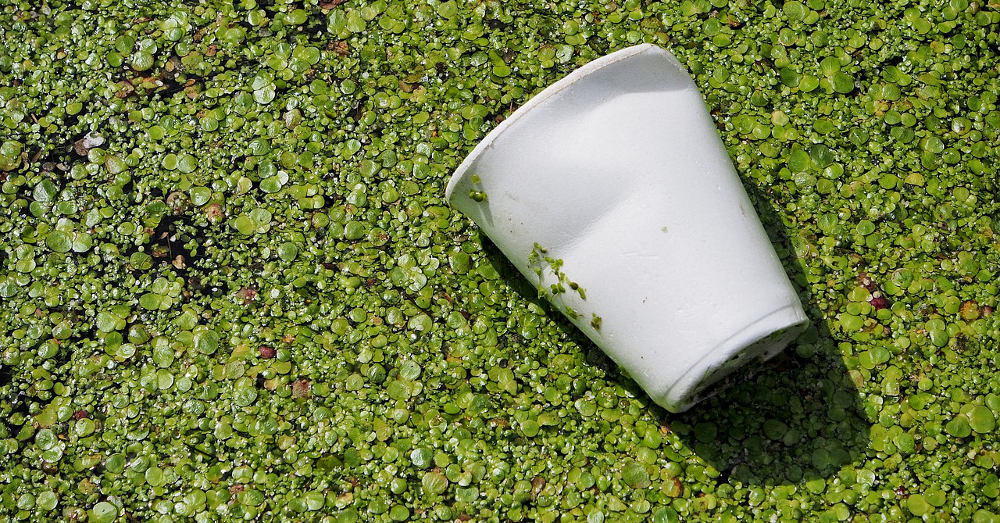
The Ocean May Soon Contain More Plastic Than Fish
Staggering amounts of plastic waste, from water bottles and plastic bags to tiny microbeads and microfibers, are entering waterways worldwide.
May 9, 2017 | Source: Mercola | by Dr. Joseph Mercola
Staggering amounts of plastic waste, from water bottles and plastic bags to tiny microbeads and microfibers, are entering waterways worldwide. In 2015, researchers calculated that 275 million metric tons of plastic waste were generated in 192 coastal countries, with anywhere from 5 million to nearly 13 million metric tons of it entering the ocean.1
Worse still, they estimated that unless waste management practices are improved, the amount of plastic entering oceans by 2025 may double.2 Mismanaged waste is particularly problematic in China, Indonesia, Vietnam, Thailand and the Philippines, which together make up the top five countries for plastic pollution.3
In the U.S., one of the top waste-generating countries, littering is a major issue, especially in the form of single-use plastics, such as soda bottles, drinking straws and potato chip bags. According to environmental advocacy group Ocean Conservancy, some plastic products persist for so long, even in salty ocean water, that they’ll still be recognizable after 400 years.4
“The amount of unmanaged plastic waste entering the ocean — known as plastic-waste leakage — has reached crisis levels and has caused significant economic and environmental damage,” they state in an Ocean Conservancy report on plastic waste.5
